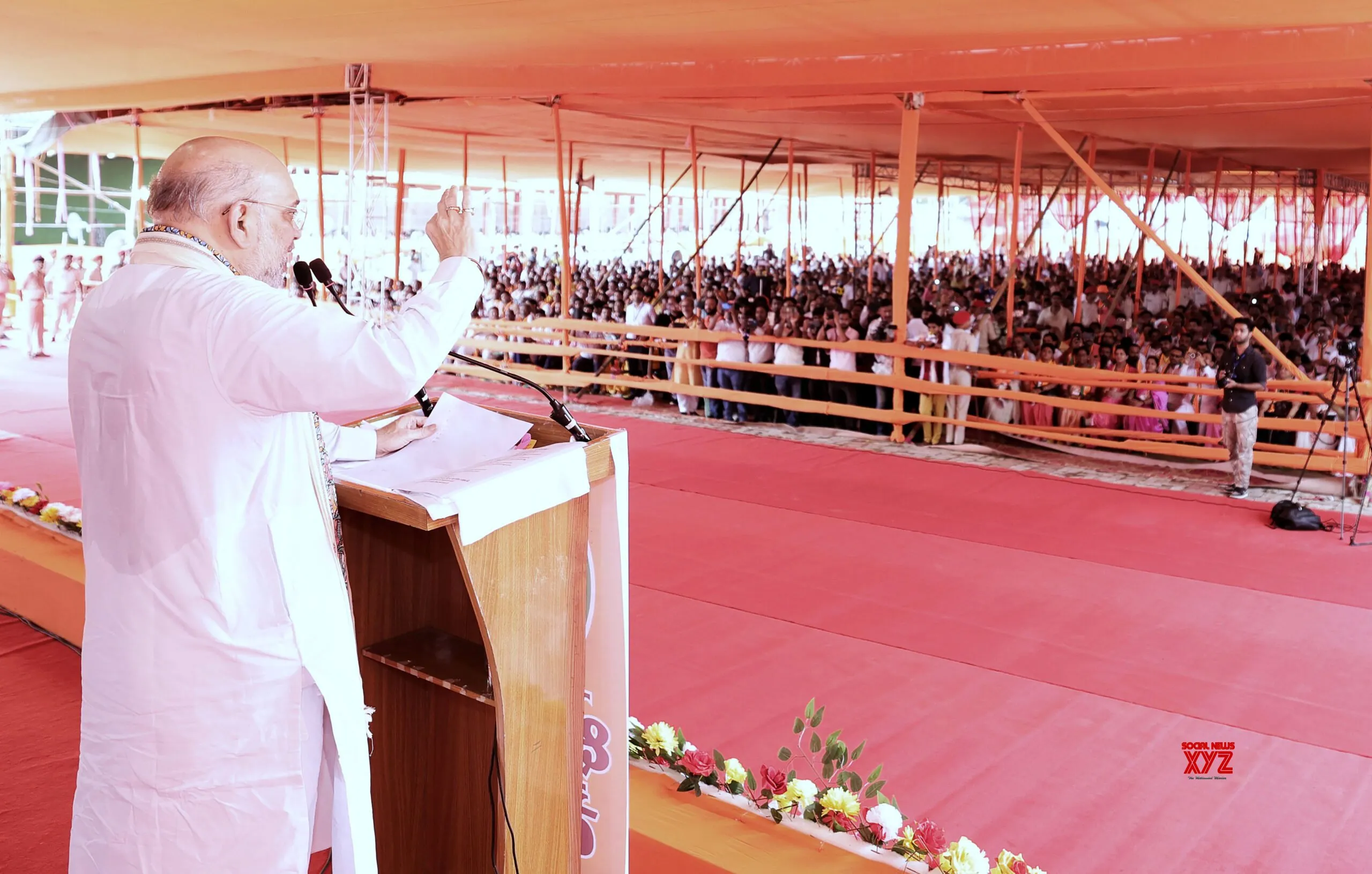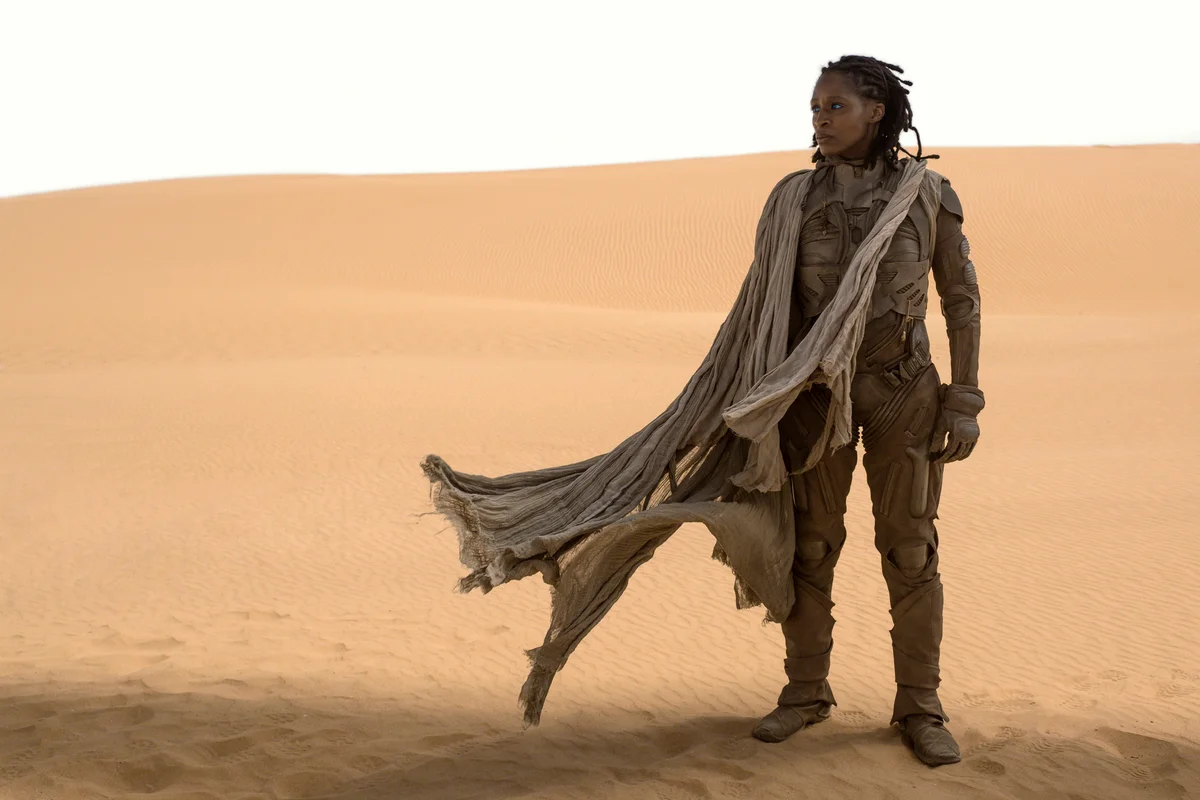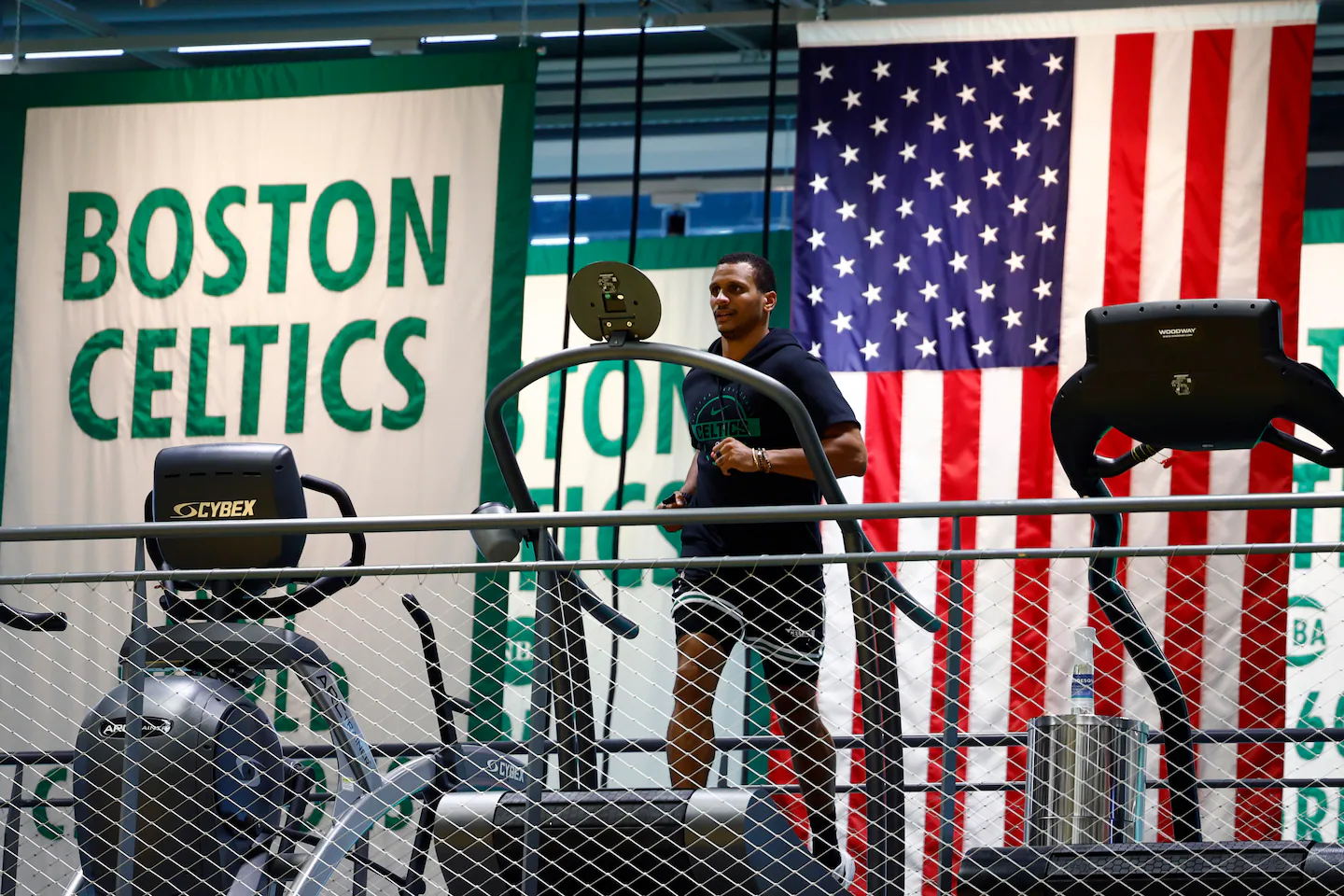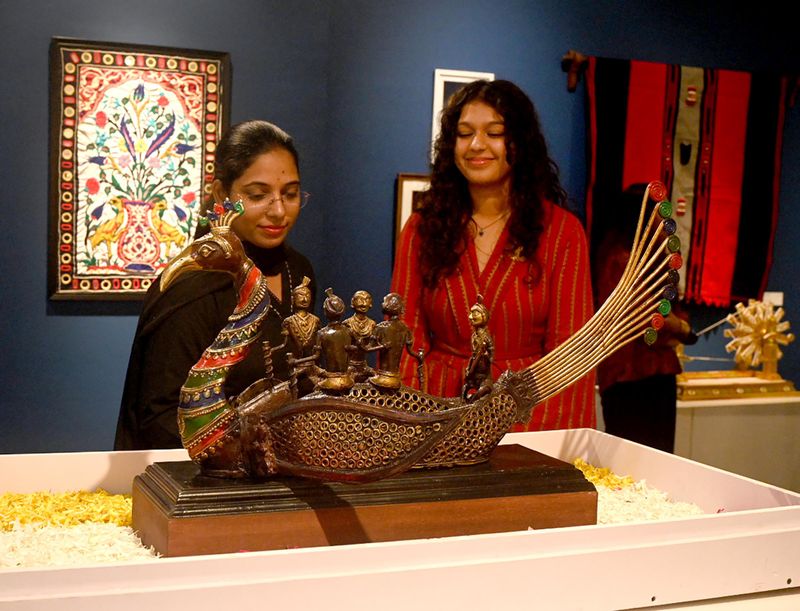By K.M.P. PATNAIK
Copyright deccanchronicle
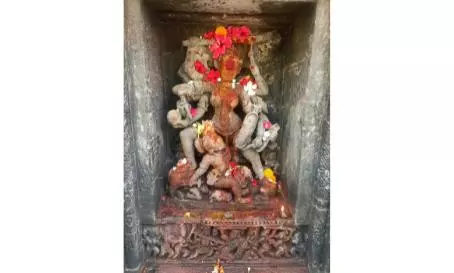
Visakhapatnam: Heritage researchers have turned the spotlight on the remarkable icon of Goddess Durga preserved at the Someswara Temple in Mukhalingam of Srikakulam district. It is an archaeological treasure that reveals the deep historical roots of Durga worship in ancient Kalinga and its enduring resonance in present-day Odisha and Andhra Pradesh.Mukhalingam — also known as Srimukhalinga or Mukhalinga — served as the capital of the Eastern Ganga dynasty from the 6th Century to 12th Century CE, revered historically as Kalinga Nagari. A treasure trove of art and culture, the northern Parsva Devata niche of Someswara houses a striking 10-armed Mahisamardini Durga, a powerful sculptural depiction of the Goddess in the act of vanquishing the buffalo demon, Mahisasura. Its composition is dynamic: Goddess Durga places Her uplifted right foot firmly on the buffalo carcass, while Her lion mount fiercely bites into the demon’s leg as he struggles to escape. The Goddesses’ 10 hands carry an impressive array of divine weapons — a chakra, shakti, trident, sword and arrows drawn from a quiver — symbolising the combined power of the gods. A distinctive feature of the sculpture is the Nagapasa (serpent noose) held in Goddess Durga’s lower left hand, coiled tightly around Mahisasura’s neck, unlike earlier depictions, where the serpent merely nips at the demon. Other attributes include a broken stringed bow, a rectangular shield strapped to the forearm, a conch, and a gada or elephant goad. Goddess Durga is in a graceful braid falling along the right contour of Her head. Above the niche, a second relief shows a four-armed seated Durga with Her right leg partially lifted. Below, a rare sculptural frieze depicts the Saptamatrikas battling the demon Raktabija. Chamunda, adorned with a garland of skulls and wielding a trident, pierces the demon’s back as the other Matrikas — Brahmi, Sivani, Kaumari, Vaishnavi, Varahi and Indrani — advance from both sides, weapons raised. The mounts of each Matrika are carved delicately beneath the battle scene in shallow niches, reflecting a deep iconographic narrative tradition. The battling of Saptamatrikas with Raktabija has been discussed in the Devi Bhagabata Purana as part of the episode in Goddess Durga’s epic war with demon Mahisasura. The Mahisamardini sculpture at Someswara Temple is not merely a piece of temple architecture, it is a vibrant testimony to the Goddess tradition that defined Kalinga’s sacred landscape. Its iconographic richness shows how deeply Goddess Durga’s worship is woven into the region’s spiritual identity,” said Deepak Kumar Nayak, history researcher. As modern Durga Puja celebrations inspire millions, the sculpture of Mahisamardini at Mukhalingam stands as a timeless bridge between myth and history, art and faith, embodying the spirit of Kalinga’s enduring Goddess Durga’s following, Nayak added.
